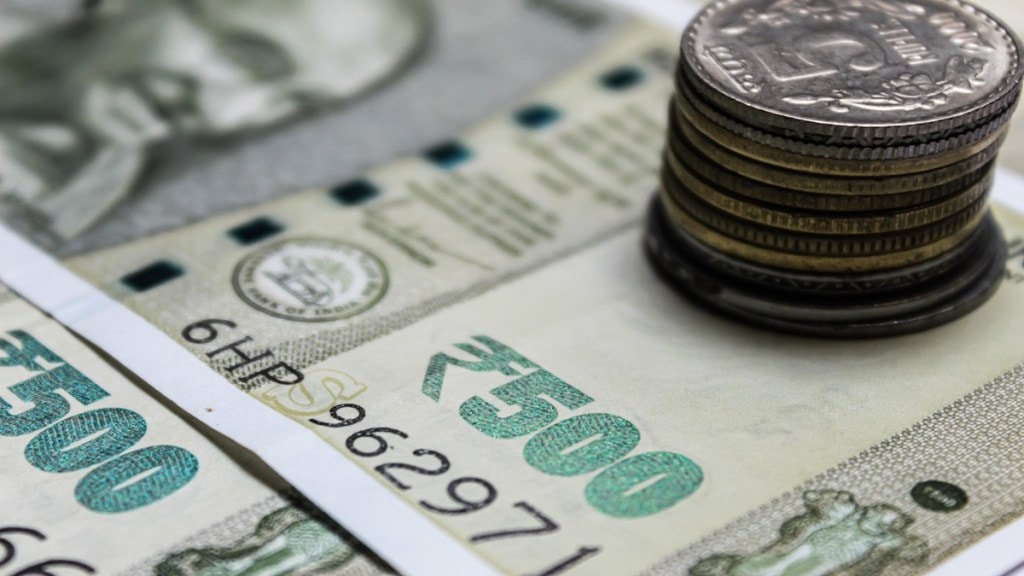The Centre’s fiscal deficit stood at 29.4 per cent of FY25BE in H1FY25 versus 39.3 per cent of BE in H1FY24 amid weaker spending despite healthy revenue receipts. Capital expenditure trajectory, stated a report by Elara Capital, is concerning, down by 15.4 per cent YoY (around 12 per cent dip in the same period in FY20, an election year), with the run-rate at 37.4 per cent of BE, the lowest in a decade. In order to reach the Rs 11.1 trillion target, the centre needs to spend approximately Rs 7 trillion in H2FY25E, which, per economists at Elara Capital, is challenging even if momentum picks pace hereon. The sluggish drawdown of capex loans by states was 30 per cent of total in H1.
Total expenditure growth fell by 0.4 per cent YoY in H1FY25 versus 16.2 per cent growth in H1FY24 as Central and slew of state elections slowed down the pace of spending.
“We continue to expect capital expenditure to undershoot FY25BE target by Rs 750 billion. With sluggish momentum in revenue spending, the overall spending may likely undershoot by Rs 1 trillion or so. The RBI has already embarked on ~Rs 800 billion buy-back so far this year. Expect fiscal deficit at 4.7 per cent and GDP growth at 6.7 per cent (RBI estimate of 7.2 per cent) for FY25E,” the report by Elara Capital said.
Earlier this month, Economic Affairs Secretary Ajay Seth had also said that India might undershoot its capex target of Rs 11.1 trillion ($131.72 billion) for fiscal year 2024-25. Food prices are a problem area but, other than that, inflation poses no challenge, he had added. India’s retail inflation, based on the Consumer Price Index (CPI), surged to a 14-month high of 6.21 per cent in the month of October 2024, driven by a sharp rise in food prices, data released by the Ministry of Statistics & Programme Implementation (MoSPI) showed. In September, CPI inflation was at 5.49 per cent.
Among key ministries, Elara Capital stated, the Ministry of Road Transport & Highways and the Ministry of Railways already spent 52 per cent and 54 per cent of their annual capex allocation in H1FY25, respectively. Capital outlay by the Defence Ministry was at 31 per cent of H1FY25BE versus 39 per cent of H1FY24BE.
Furthermore, capital expenditure by Central Public Sector Enterprises (CPSEs) reached only Rs 3.38 trillion in H1FY25, down from Rs 3.79 trillion in the same period last year, posting a drop of 11 per cent YoY. This drop, the Elara Capital report stated, is largely attributed to reduced investments from key sectors, with railway spending down by 20 per cent YoY and the National Highways Authority of India (NHAI) registering a decline of around 8.7 per cent. “Although CPSEs have accelerated their capex, overall public investment, including spending by the Centre, states, and CPSEs, has slowed, hit mainly by the temporary pause in activities due to the general elections in April-May,” it said.
Overall state capex in H1FY25 released till now (15 out of 20 states tracked) indicates a decline of around 13 per cent YoY in H1 to Rs 1.7 trillion versus the same period last financial year, amounting to 25.7 per cent of BE (15 states combined), catching up to FY18-24 median of 25.7 per cent but de-growing YoY, stated the report. In H1, the top three states in terms of YoY growth capex were Punjab, Assam, and Karnataka and the bottom-three were Andhra Pradesh, Telangana and Haryana. “As the election-related noise dissipates in Andhra Pradesh and Haryana, we expect some pick up in capex, thus aiding in overall pick up of the capex but still undershooting the overall target set in the Budget. The sluggish drawdown of capex loans by states at 30 per cent of the total in H1FY25 further exacerbates the moderation in Centre’s capex spending,” Elara Capital said.
Revenue receipts, meanwhile, grew by 16.1 per cent YoY in H1FY25 versus 19.5 per cent YoY in H1FY24. In H1, the government collected nearly half (49 per cent) of its net tax revenue target as per FY25BE, marking a 9 per cent YoY rise. September alone saw a growth of 12 per cent YoY in corporate tax receipts (and 2.3 per cent in H1FY25 vs 20.3 per cent in H1FY24), a strong recovery following slower growth in the prior two months. Further, personal income tax receipts also grew by 25 per cent YoY in H1FY25. Direct tax grew by 13.6 per cent YoY in H1FY25, up from a 9.8 per cent YoY rise through April-August of FY25. On the other hand, indirect tax collections held steady, supported by a 6.4 per cent YoY rise in customs duties and a 10.8 per cent YoY increase in CGST collections in H1FY25.

